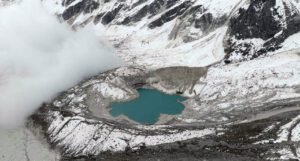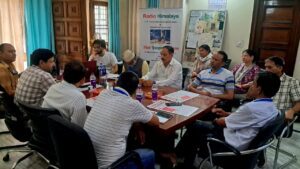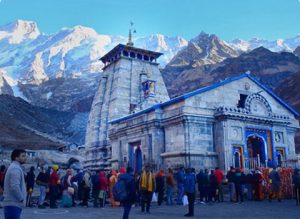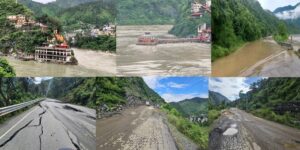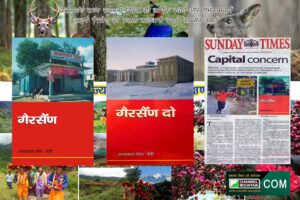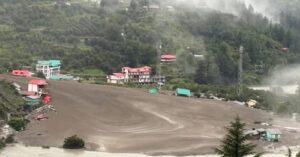CHINA-NEPAL FLOOD: EXTREME RAIN LIKELY NOT PRIMARY CAUSE
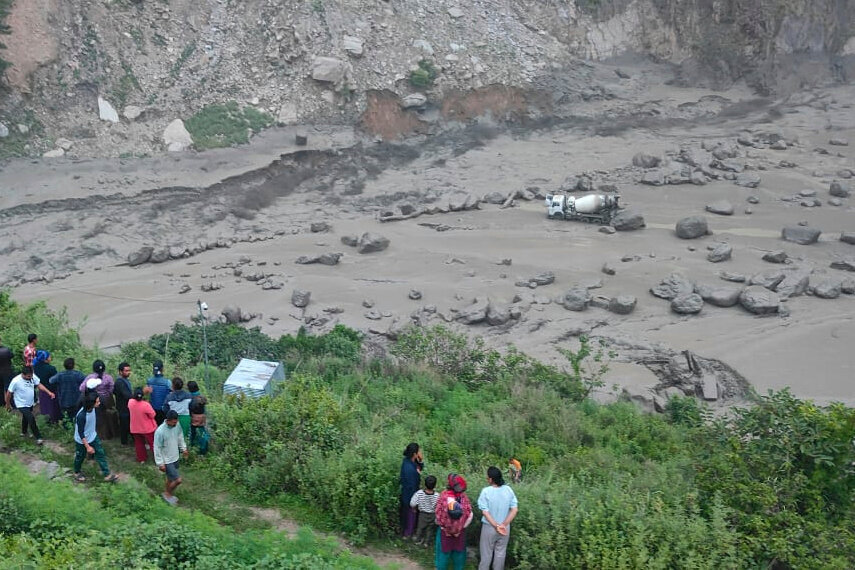
ICIMOD Press Release
Kathmandu, Nepal, 08 July 2025
Cause
It is too early to definitively determine the exact cause of the flood event in Rasuwa on 8th July 2025. However, we can confirm that extreme rainfall was not the cause. A comprehensive investigation is required, but we need to wait for the monsoon cloud cover to clear first to obtain clear satellite imagery for detailed analysis. A multidisciplinary team consisting of geologists, glaciologists, hydrometeorologists and remote sensing analysts should jointly undertake a study to determine the actual cause of the flood.
Was the flood caused by a glacial lake outburst? If so, which lake was it?
While a Glacial Lake Outburst Flood (GLOF) or a Landslide Lake Outburst Flood (LLOF) is suspected, there is no conclusive evidence yet. ICIMOD’s 2021 inventory shows one glacial lake in the upstream of the Trishuli river in the Tibetan Autonomous Region of China is categorised as high risk, and needs close monitoring. Our recent study shows that the size of glacial lakes in the basin has increased by 33% and number by 16 % within three decades from 1990 to 2020. Recent satellite images taken before the flood, also show an increase in the number of glacial lakes. As cloud cover has hampered optical satellite analysis, we must wait for cloud-free, high-resolution satellite imagery to verify if any of these lakes have breached, or if there has been any sudden change in lake volume.
Was a river/stream dammed and then released as a flood? If so, which river/stream?
Preliminary reports and social media visuals suggest that the floodwaters originated from the Lende Khola, a tributary merging into Nepal, flowing in from the east of the Bhotekoshi Nadi (one of the major tributary of Trishuli River) in Kerung, Rasuwa. However, water level data from the Department of Hydrology and Meteorology (DHM) does not show any signature of a temporary damming or sudden breach, such as a sharp upstream water rise followed by rapid release. This indicates that river damming might not have been the cause, although further upstream field validation is necessary to arrive at a definite conclusion.
Was there heavy rainfall in the Chinese region? If so, what was the nature of the rainfall?
According to a preliminary analysis by ICIMOD, global and regional weather forecasting systems including ICIMOD’s High-Impact Weather Assessment Toolkit, the National Oceanic and Atmospheric Administration’s Global Forecast System, the European Centre for Med-Range Weather Forecasts, the Icosahedral Nonhydrostatic weather model, as well as near real-time satellite rainfall products Integrated Multi-satellite Retrievals for Global Precipitation Measurement early and HIMAWARI-8 cloud imagery do not indicate significant rainfall over the upstream Chinese catchment in the days leading up to the flood. This suggests that extreme rainfall was not the primary trigger of the event.
All attributed to Pradeep Man Dangol, Senior Hydrology Research Associate, ICIMOD
Quotes
Qianggong Zhang, Head of Climate and Environmental Risk at ICIMOD
It’s becoming increasingly more difficult to understand how exactly hazards will transpire in mountains. Heavy rainfall will not necessarily only result in floods, and quite often may not be sole or straightforward cause of them either. These scenarios need to be accounted for while planning for response, relief and reconstruction measures in mountain settings.
Pema Gyamtsho, Director General, ICIMOD
‘While it is too soon to say what caused the massive floods in Rasuwa this morning, what we do know with absolute certainty is that global temperature rise is driving increases in the frequency, ferocity, and complexity of mountain hazards: in June alone, three lake outbursts (one thermokarst lake in Tilgaun, Humla, Nepal, one GLOF in Andorab valley, Afghanistan, Chitral, Hunza, Pakistan) have torn through our region, on top of horrific floods in India and Pakistan; tragically confirming our Monsoon Outlook’s predictions of a high-hazard summer.
To keep pace, disaster preparedness and management in our region needs major and urgent investment – of funds, talent, and tools. ICIMOD will continue to work closely with disaster risk reduction experts and agencies both within our region and beyond to accelerate the scaling up of the best approaches to monitoring, forecasting, and early-warning systems that this region so urgently needs. Our hearts go out to those directly affected by this tragedy and we send strength to all those involved in the relief and emergency response effort.
Photo Courtsy – Nepal Army via Associated Press

